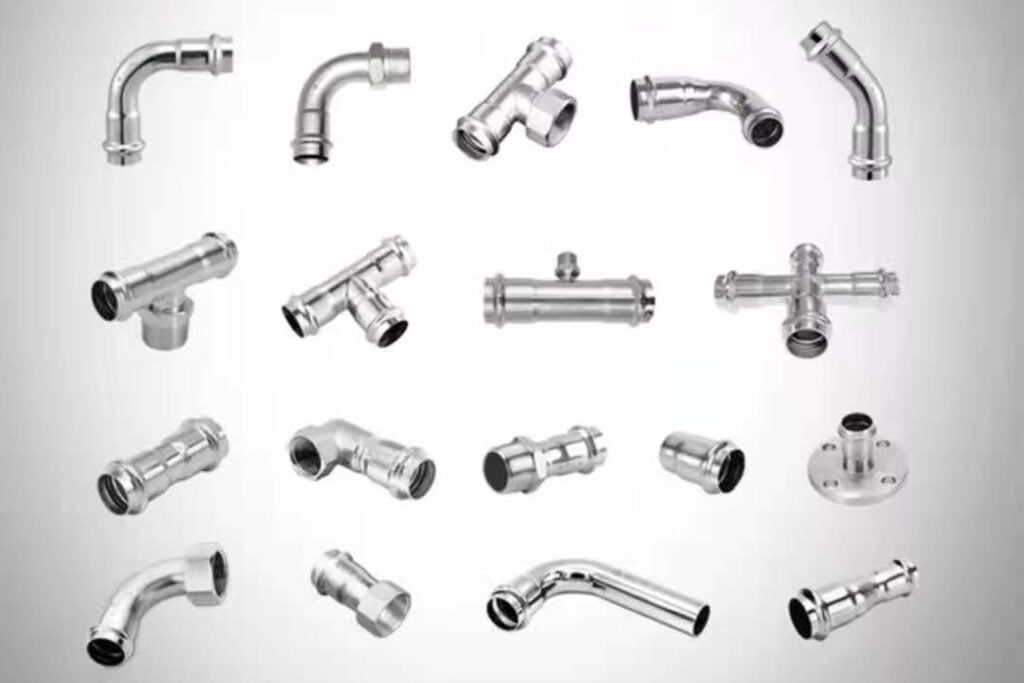When it comes to manufacturing processes, many are asking–can stainless steel be cast?
The short answer is yes. Casting stainless steel has been around for years and used by many manufacturers.
In this article, we’ll explain what stainless steel is, the stainless steel casting process, and the benefits it can offer to both manufacturers and consumers.
Stainless Steel and The Investment Casting Process
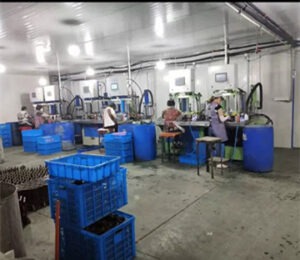
When the ceramic mold in investment casting is heated to high temperatures, the wax is melted away, leaving a hollow, accurate imprint in the ceramic mold to be used for the stainless steel investment casting, where the molten stainless steel is poured.
The ceramic shell is broken away once it hardens, leaving stainless steel castings with a correct net form.
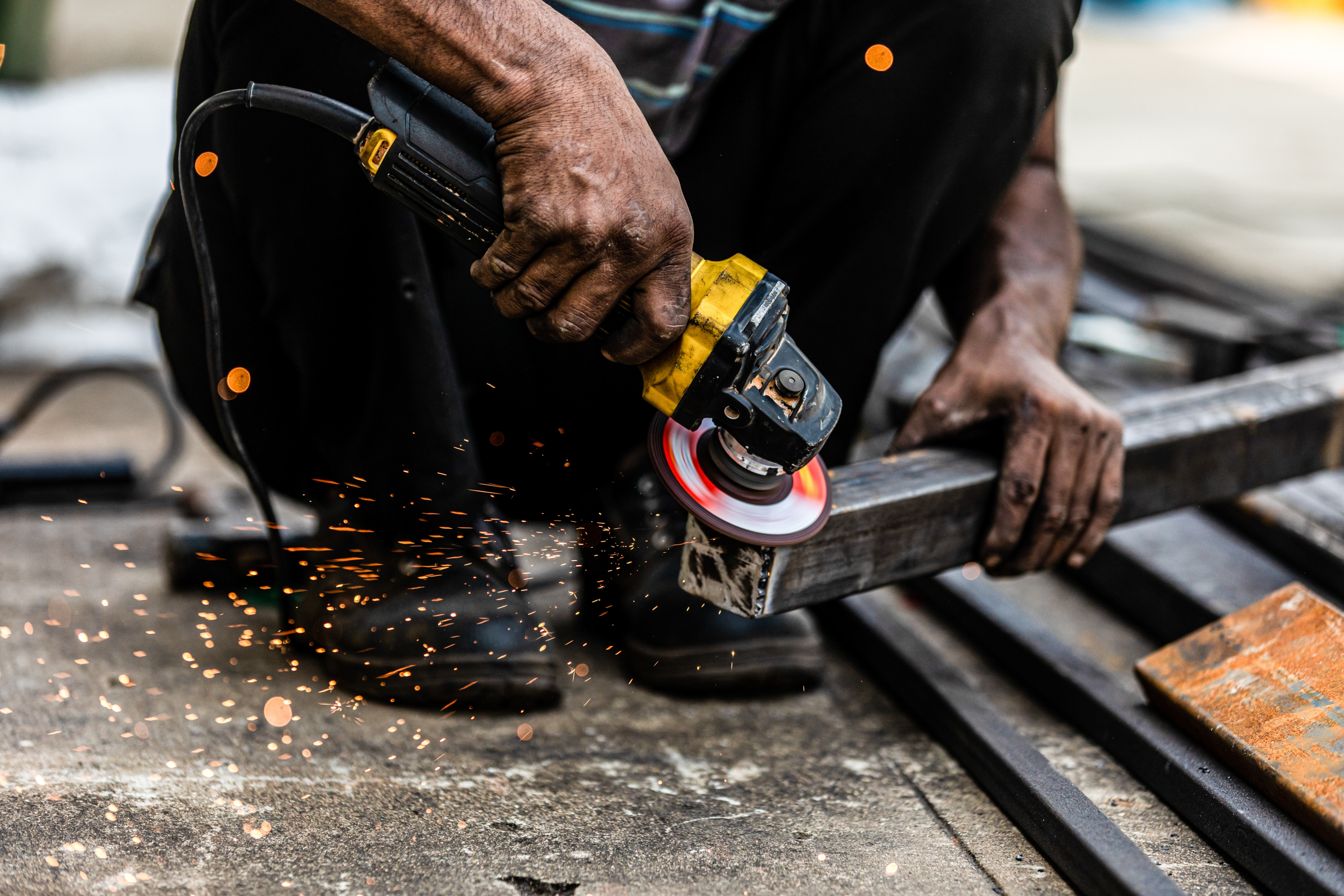
After the part has been cast, the surface is typically finished with various processes, including machining, grinding, and polishing. This process is used to achieve the desired surface finish and reduce the amount of material that needs to be removed. Depending on the application, other processes may be used, such as heat treatment, painting, or plating.
Chemical Composition of Stainless Steels
Stainless steel casting is also known for maintaining its chemical composition even when exposed to extreme temperatures. The composition of stainless steel casting is what gives it its impressive mechanical properties, and understanding it can help you produce parts using the right grade of stainless steel casting.
Iron
The iron content of stainless steel is typically between 10-30%. The higher the iron content, the more resistant the material will be to corrosion.
However, too much iron content can be detrimental to the performance of the steel. Excess iron can cause the steel to become brittle and can reduce its strength.

Nickel
Other grades, such as ferritic and martensitic stainless steels, have lower nickel content, typically between 1 and 4%. Some stainless steel that have higher nickel content may have better corrosion resistance and weldability.
Carbon
The amount of carbon in stainless steel is less than 1.2%. Both of 304 and 316 grades have between 0.08% and 0.2% of carbon content.
The higher the carbon content, the stronger and more corrosion-resistant the steel will be. A low carbon content makes stainless steel more ductile and weldable the steel will be.
Other Elements Present in Stainless Steel Parts
Manganese is also present in stainless steel, usually in amounts of around 1 percent. It helps to increase the strength and hardness of stainless steel and also helps to prevent corrosion. Silicon helps to improve the durability and strength of stainless steel.
Other Processes to Cast Stainless Steel Components
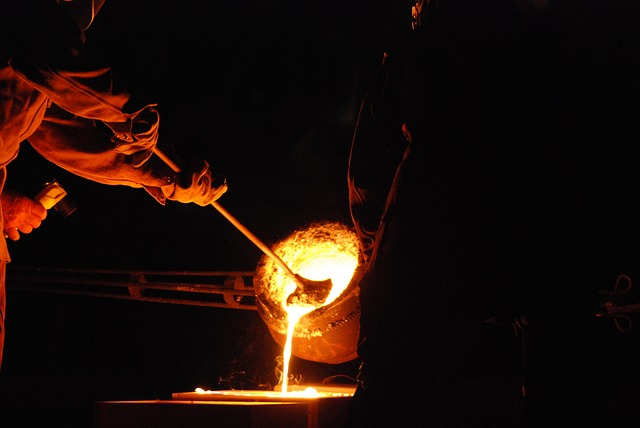
As the demand for stainless steel components grows, so does the need for efficient manufacturing processes. There are several other viable options available aside from investment casting.
Sand Casting
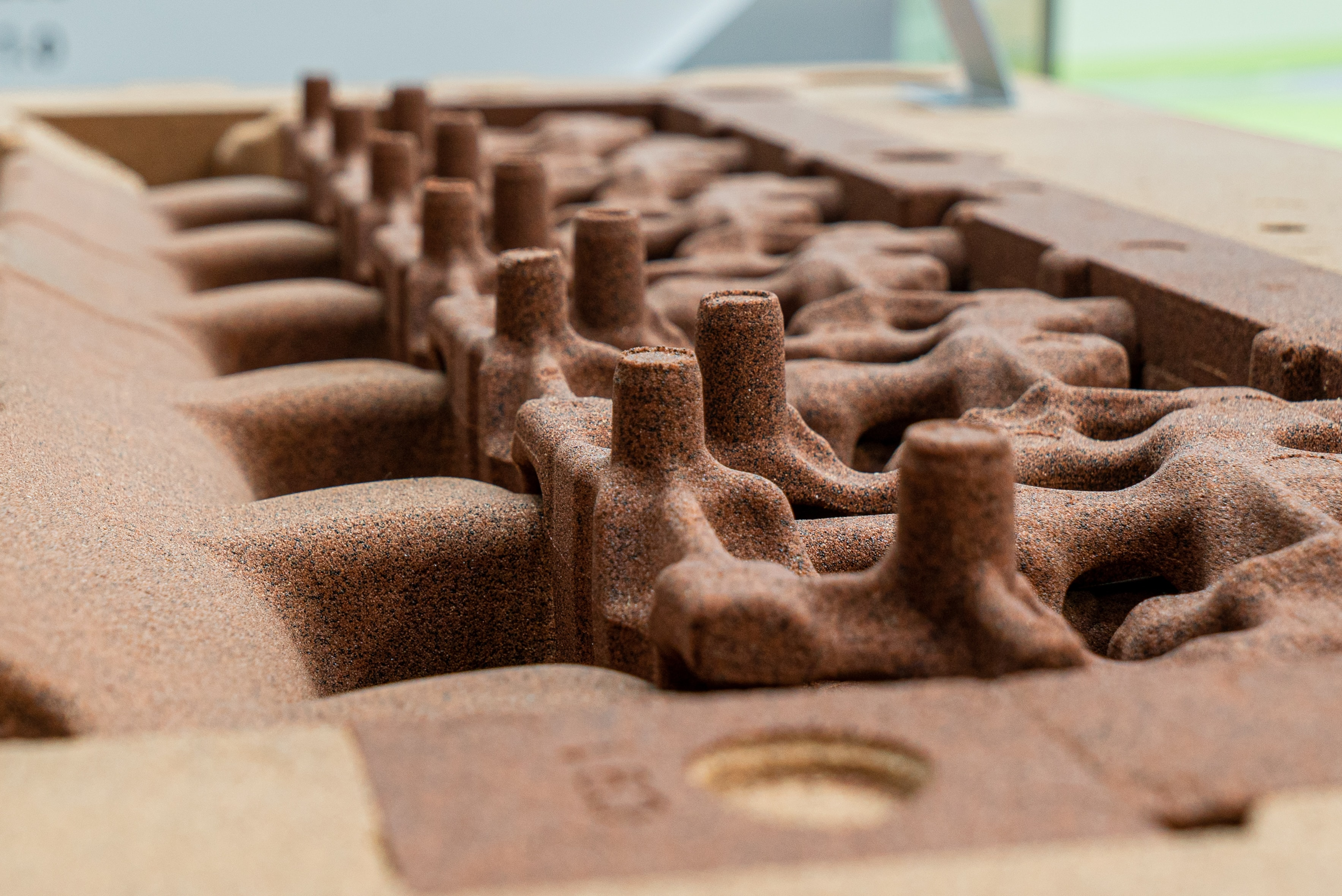
Sand casting is a popular alternative to investment casting and involves pouring molten metal into a sand mold using a gating system. This process is ideal for creating large, complex shapes and can be used with various metals, including stainless steel. The process is relatively inexpensive and offers a high degree of accuracy.
Die-Casting
In the die casting process, the stainless steel cas can be custom designed to meet the exact specifications of the stainless steel parts being produced.
Once the die cavities are ready, the stainless steel components are cast into the die cavities using a high-pressure injection system. The liquid metal is injected into the die cavities at a temperature of approximately 1400°F, and the intense pressure used can reach up to 3000 psi.
Shell Mold Casting
In shell mold casting, the sand is mixed with a catalyst such as phenolic or urethane and then shaped into a hollow “shell” that is then filled with molten metal.
The sand and resin used in the process create a barrier between the metal and the atmospheric conditions that can contribute to the corrosion resistance of the stainless steel casting.
Centrifugal Casting
Centrifugal casting is a metal production process used for creating stainless steel components, as well as other alloys, that are highly accurate and require high strength. It is also effective for precision parts that require tight tolerances, such as turbine blades, bearings, and other cast stainless steel parts used in high-stress and high-temperature applications.
What to Expect from Stainless Steel Investment Castings
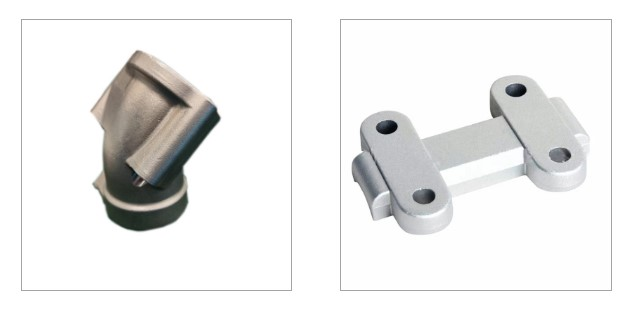
High Strength
The strength of stainless steel investment castings is ideal for applications that require components to be strong and durable. Cast stainless steel parts are usable for longer periods without the need for replacement.
Hardness
The high hardness of stainless steel components provides superior wear resistance, meaning that they are less likely to suffer from surface damage and wear.
Cast stainless steel components are also known for their ability to resist indentation and good tolerances even after prolonged use.
Superior Corrosion Resistance
Stainless steel is a ferrous alloy, meaning it is composed mostly of iron, but with a high level of chromium and other metals added to the mix. These metals metals contribute to the superior corrosion-resistant properties.
The metal alloy is heated to extremely high temperatures and then poured into a mold during casting.
When exposed to corrosive environments, other metals are quickly degraded and may need to be replaced after only a few years of use. Stainless steel, on the other hand, can last for decades with minimal maintenance.
Cost-Effective
The process is more cost-effective than machining or fabricating components, as it reduces the number of steps required in the manufacturing process.
Surface Finish and Dimensional Accuracy

The superior surface finish and dimensional accuracy of stainless steel castings are due to the fact that stainless steel is an exceptionally hard and ductile material. This allows it to be manipulated and shaped into a wide variety of intricate shapes, while still maintaining the desired surface finish and dimensional accuracy.
Stainless steel casting also offers a superior surface finish due to its ability to be easily polished, giving it a high gloss finish. This is often desired for products that are meant to be aesthetically pleasing, such as medical equipment or kitchenware.
Stainless Steel Castings in Different Industries
Food Processing Equipment
Stainless steel is able to withstand high temperatures. The superior properties of stainless steel make it easier to clean, maintain, and repair, resulting in a longer life span for the equipment.
Surgical Tools

Corrosion resistance is important in surgical tools, as they are regularly exposed to blood, bodily fluids, and other potentially corrosive materials. Stainless steel is hypoallergenic, reducing the risk of allergic reactions in patients.
Factory and Industrial Applications
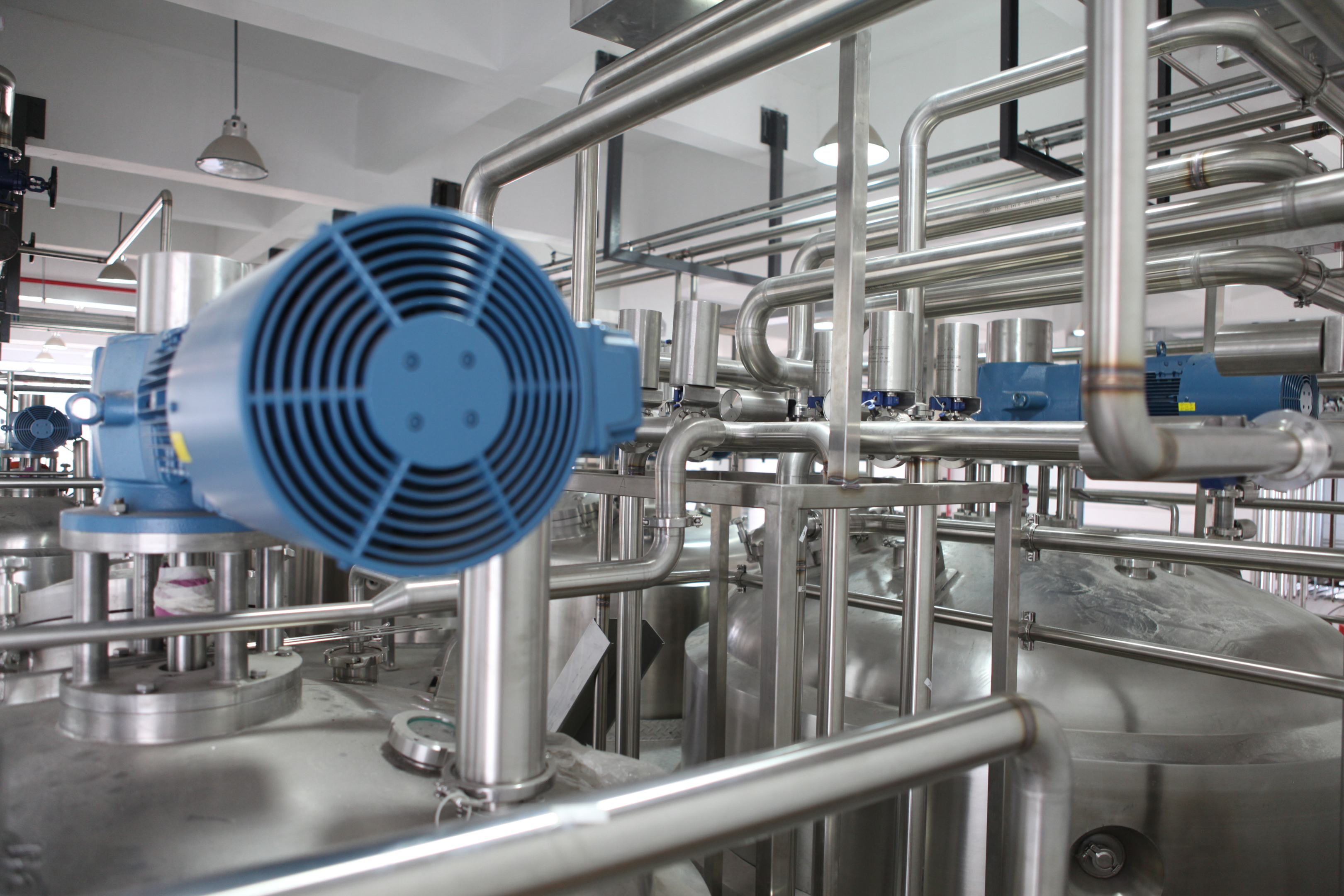
The metal’s strength and corrosion resistance make it ideal for parts such as exhaust manifolds, cylinder heads, engine blocks, and other engine components.
Stainless steel is also popular for industrial pumps, valves, and other fluid-handling components due to its ability to withstand harsh environments and aggressive chemicals.
Construction Industries
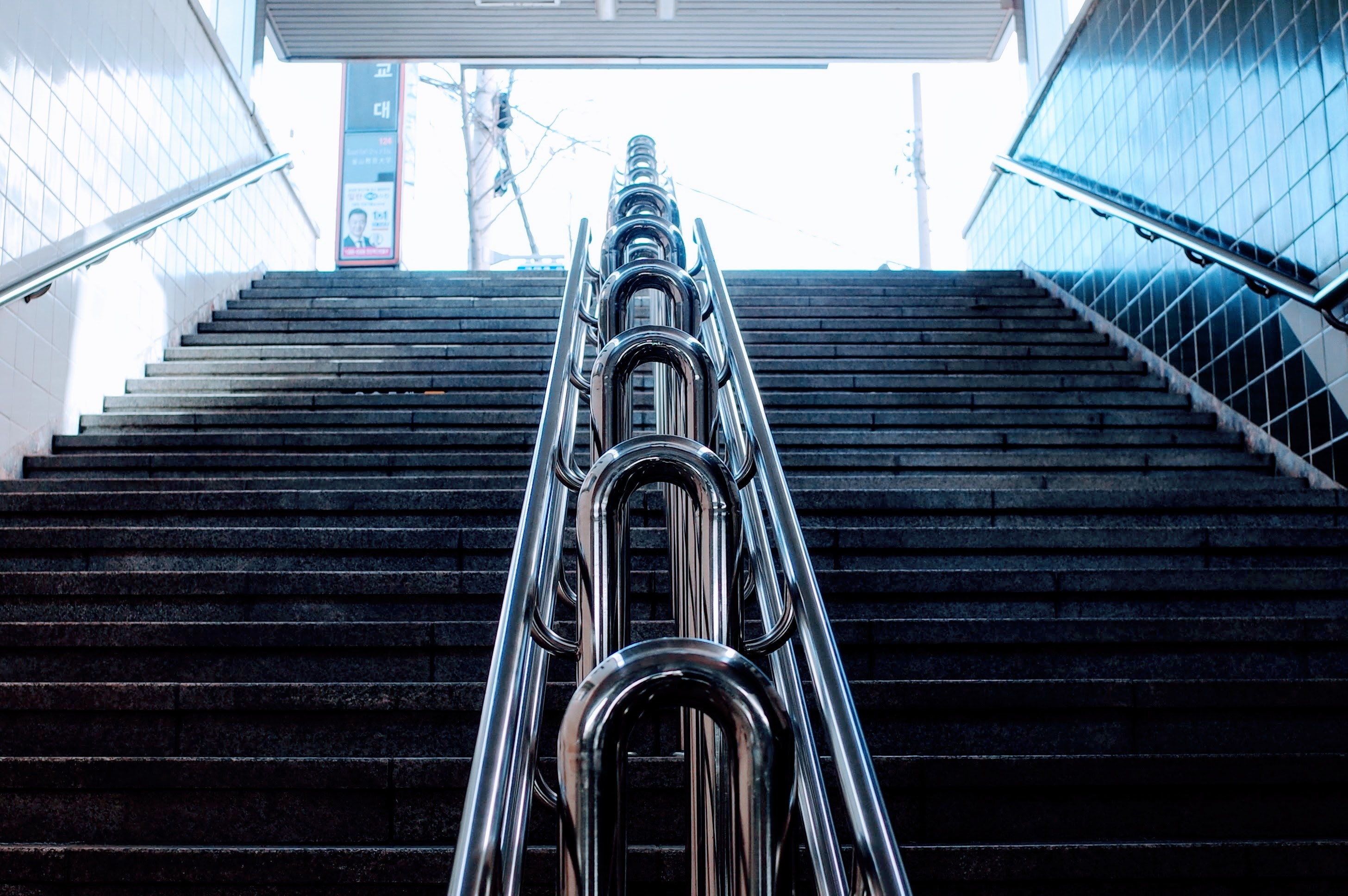
Stainless steel castings are often used to create intricate designs and patterns, which can add an elegant touch to a building’s facade. It can be used for structural components in a variety of projects, from bridges to buildings. It can be used to create beams, columns, and other cast stainless steel components that need to be strong and long-lasting.
Stainless steel alloys are also used in manufacturing railings, such as guardrails and handrails. It is a sturdy material that is easy to shape and form, making it ideal for creating the desired shape and size for a railing.

